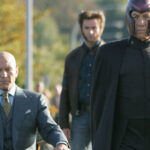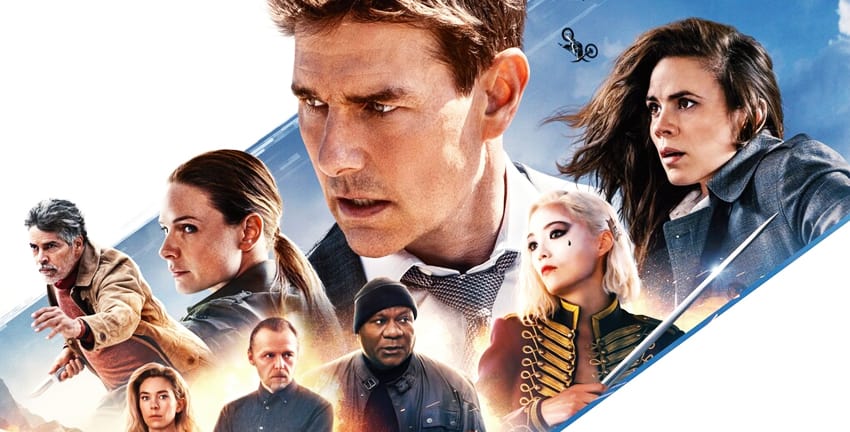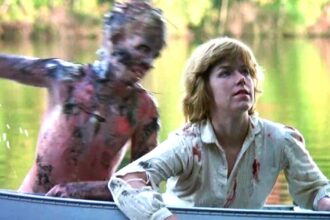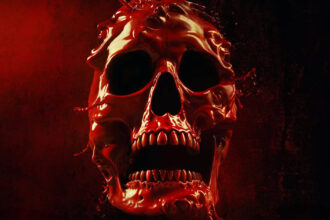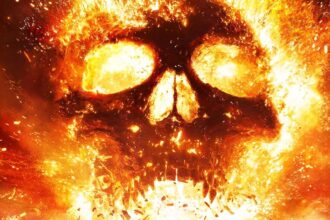The imminent launch of Mission: Impossible – The Final Reckoning stands as a watershed moment in Tom Cruise’s remarkable trajectory in the film industry. Whether this installment truly marks Ethan Hunt’s final escapade remains uncertain, but it undeniably wraps up a complex narrative developed over two films. As moviegoers gear up for its release, it’s intriguing to reflect on Cruise’s nearly five-year dedication to the franchise, dating back to when production for Mission: Impossible – Dead Reckoning kicked off in 2020. Having recently previewed the film, it’s clear that it picks up seamlessly where its predecessor left off. Given the immense expectations tied to this sequel, it’s a fitting occasion to revisit the previous chapter—one that, despite a star-studded cast, fell short of box office projections and ratcheted up the stakes for its follow-up.
It’s crucial to understand that Dead Reckoning isn’t the only film in the Mission: Impossible series that has faced challenges at the box office. Take, for instance, Mission: Impossible 3, released in mid-2006. Anticipated to be a summer blockbuster, it suffered greatly from Tom Cruise’s polarizing behavior at the time, particularly his outspoken promotion of Scientology. This negativity hampered audience turnout, resulting in the franchise’s lowest domestic earnings of $134 million—insufficient to recoup its production costs and disappointingly lower than its predecessors. This period was marked by a slump in Cruise’s career, compounded by the underperformance of other films like Knight and Day and Valkyrie, the latter of which still deserves more recognition than it currently receives.
Nonetheless, the Mission: Impossible franchise became Cruise’s vehicle for resurgence. Ghost Protocol aimed to revitalize the series, whisking audiences away to far-flung locations and featuring breathtaking stunts—most notably, Cruise’s legendary ascent of the Burj Khalifa in Dubai. While initial speculation suggested that Jeremy Renner’s character might assume the lead role, the overwhelming consensus among viewers was that Cruise remained the lifeblood of the franchise. This victory was followed by the critically lauded Rogue Nation and Fallout, both directed by Christopher McQuarrie, who pushed the boundaries of what action cinema could accomplish.
However, Dead Reckoning was not without its hurdles. Like many productions, it was severely impacted by the global pandemic, which halted filming just 40 days in. During this turbulent period, the film lost its originally cast young nemesis, Nicholas Hoult, necessitating significant script rewrites and a new casting for the character Gabriel, brought to life by Esai Morales. This shift added welcome layers of complexity to the plot, enriching the overall narrative scope.
The production layers of Dead Reckoning drew considerable attention, with industry insiders questioning how a film at such a scale could navigate pandemic-related challenges. Tensions flared when leaked audio captured Cruise delivering an impassioned plea regarding safety protocols on set. His fervent declarations emphasized the collective responsibility weighing on the production team; failure to comply could jeopardize not just Dead Reckoning, but the film industry as a whole. Ironically, this moment bolstered Cruise’s image as a steadfast leader. Fast forward to the highly awaited Top Gun: Maverick, released in 2022, which proved a monumental success and symbolized one of the first major hits in the post-pandemic era.
Nonetheless, the tumult surrounding Dead Reckoning culminated in a staggering budget close to $300 million—an intimidating sum requiring substantial box office returns to break even. Compounding these financial strains were concerns related to the SAG-AFTRA strike, which limited Cruise’s promotional endeavors and stifled potential earnings at the global box office. Audience reactions to the split narrative, along with the departure of fan-favorite Isla Faust—played by Rebecca Ferguson—significantly affected its market appeal. Furthermore, the phenomenon dubbed Barbenheimer soon eclipsed it, absorbing a large chunk of the box office revenue shortly after its launch.
In the battle for box office supremacy, it was Oppenheimer that notably curtailed Dead Reckoning‘s earnings. While Fallout was filmed with IMAX in mind, Dead Reckoning was only optimized for IMAX after the primary shooting, which left it less dazzling in the eyes of moviegoers expecting a full-blown IMAX spectacle. In contrast, Oppenheimer maximized the IMAX experience with stunning visuals that captivated audiences.
Instead of scrapping the sequel altogether, producers made the strategic decision to drop the Dead Reckoning Part 2 title. Fans can look forward to action sequences engineered specifically for IMAX in the forthcoming release, heightening anticipation among die-hard enthusiasts.
As it stands, The Final Reckoning is generating significant excitement, particularly among those who have tracked Cruise’s storied career. If this is indeed the finale of Hunt’s saga, it’s imperative to view the film through the lens of Cruise’s most ambitious undertaking thus far. The concurrent filming of the Reckoning series underscores his inexhaustible quest for cinematic brilliance. While the final outcome is yet to be seen, Cruise’s unwavering devotion to his craft will undoubtedly imprint a lasting legacy on the landscape of blockbuster filmmaking.





